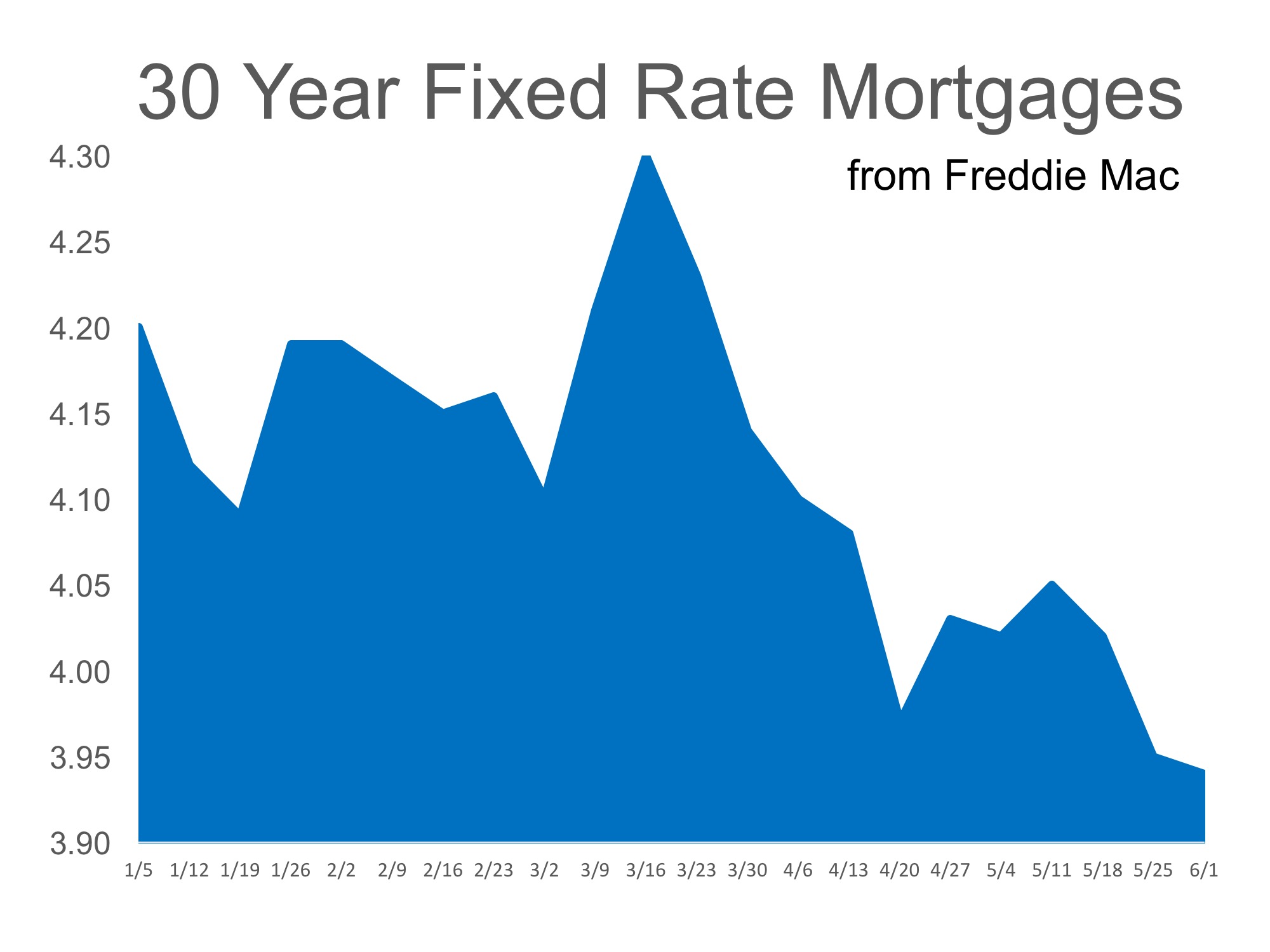The Financial Crisis Query Commission found that in 2008, GSE loans had a delinquency rate of 6. 2 percent, due to their standard underwriting and certification requirements, compared with 28. 3 percent for non-GSE or personal label loans, which do not have these requirements. Furthermore, it is unlikely that the GSEs' long-standing inexpensive housing objectives motivated lenders to increase subprime financing.
The goals stemmed in the Housing and Community Advancement Act of 1992, which passed with overwhelming bipartisan support. Regardless of the fairly broad required of the budget-friendly real estate objectives, there is little proof that directing credit towards customers from underserved neighborhoods triggered the real estate crisis. The program did not considerably change broad patterns of mortgage loaning in underserviced communities, and it operated quite well for more than a years before the private market began to greatly market riskier home loan products.
As Wall Street's share of the securitization market grew in the mid-2000s, Fannie Mae and Freddie Mac's income dropped considerably. Determined to keep shareholders from panicking, they filled their own financial investment portfolios with risky mortgage-backed securities purchased from Wall Street, which generated greater returns for their shareholders. In the years preceding the crisis, they also started to lower credit quality standards for the loans they acquired and guaranteed, as they attempted to compete for market share with other personal market individuals.

These loans were usually originated with big deposits however with little paperwork. While these Alt-A mortgages represented a little share of GSE-backed mortgagesabout 12 percentthey was accountable for between 40 percent and 50 percent of GSE credit losses during 2008 and 2009. These errors integrated to drive the GSEs to near insolvency and landed them in conservatorship, where they remain todaynearly a decade later.

And, as described above, overall, GSE backed loans performed better than non-GSE loans during the crisis. The Neighborhood Reinvestment Act, or CRA, is created to deal with the long history of prejudiced loaning and motivate banks to assist meet the requirements of all debtors in all sectors of their neighborhoods, particularly low- and moderate-income populations.
Getting The How Do Mortgages Work With Married Couples Varying Credit Score To Work
The main idea of the CRA is to incentivize and support practical personal loaning to underserved neighborhoods in order to promote homeownership and other community investments - what kind of mortgages do i need to buy rental properties?. The law has been changed a number of times because its preliminary passage and has actually become a foundation of federal neighborhood advancement policy. The CRA has actually assisted in more than $1.
Conservative critics have actually argued that the need to meet CRA requirements pressed lending institutions to loosen their loaning standards leading up to the housing crisis, successfully incentivizing the extension of credit to undeserved customers and fueling an unsustainable housing bubble. Yet, the evidence does not support this story. From 2004 to 2007, banks covered by the CRA came from less than 36 percent of all subprime mortgages, as nonbank lenders were doing most subprime loaning.
In total, the Financial Crisis Questions Commission determined that simply 6 percent of high-cost loans, a proxy for subprime loans to low-income borrowers, had any connection with the CRA at all, far listed below a limit that would imply substantial causation in the housing crisis. This is due to the fact that non-CRA, nonbank lenders were typically the perpetrators in a few of the most hazardous subprime lending in the lead-up to the crisis.
This remains in keeping with the act's reasonably minimal scope and its core function of promoting access to credit for certifying, generally underserved debtors. Gutting or getting rid of the CRA for its expected role in the crisis would not just pursue the incorrect target however likewise held up efforts to timeshare exit team steve harvey decrease inequitable home mortgage financing.
Federal housing policy promoting affordability, liquidity, and gain access to is not some inexpedient experiment but rather a response to market failures that shattered the real estate market in the 1930s, and it has actually sustained high rates of homeownership since. With federal support, far higher numbers of Americans have taken pleasure in the benefits of homeownership than did under the complimentary market environment before the Great Depression.
Excitement About What Is The Percentage Of People Who Pay Off Mortgages
Rather than concentrating on the threat of federal government assistance for mortgage markets, policymakers would be much better served analyzing what many specialists have actually figured out were causes of the crisispredatory loaning and bad guideline of the financial sector. Putting the blame on real estate policy does not talk to the realities and risks turning back the clock to a time when most Americans could not even imagine owning a house.
Sarah Edelman is the Director of Real Estate Policy at the Center. The authors want to thank Julia Gordon and Barry Zigas for their valuable comments. Any errors in this short are the sole duty of the authors.
by Yuliya Demyanyk and Kent Cherny in Federal Reserve Bank of Cleveland Economic Trends, August 2009 As increasing home foreclosures and delinquencies continue to weaken a financial and economic recovery, an increasing amount of attention is being paid to another corner of the property market: commercial genuine estate. This post goes over bank direct exposure to the industrial genuine estate market.
Gramlich in Federal Reserve Bank of Kansas City Economic Evaluation, September 2007 Booms and busts have actually played a prominent role in American economic history. In the 19th century, the United States benefited from the canal boom, the railroad boom, the minerals boom, and a monetary boom. The 20th century brought another monetary boom, a postwar boom, and a dot-com boom (after my second mortgages 6 month grace period then what).
by Jan Kregel check here in Levy Economics Institute Working Paper, April 2008 The paper offers a background to the forces that have produced today system of residential housing finance, the factors for the existing crisis in home mortgage financing, and the impact of the crisis on the total financial system (find out how many mortgages are on a property). by Atif R.
What Is The Going Rate On 20 Year Mortgages In Kentucky Can Be Fun For Everyone
The recent sharp boost in home loan defaults is significantly amplified in subprime postal code, or zip codes with a disproportionately big share of subprime debtors as . what beyoncé and these billionaires have in common: massive mortgages... by Yuliya Demyanyk in Federal Reserve Bank of St. Louis Regional Financial Expert, October 2008 One may expect to find a connection between debtors' FICO scores and the incidence of default and foreclosure during the present crisis.
by Geetesh Bhardwaj and Rajdeep Sengupta in Federal Reserve Bank of St - blank have criminal content when hacking regarding mortgages. Louis Working Paper, October 2008 This paper demonstrates that the reason for prevalent default of home loans in the subprime market was a sudden reversal in your home cost gratitude of the early 2000's. Using loan-level information on subprime mortgages, we observe that most of subprime loans were hybrid adjustable rate home mortgages, designed to enforce substantial monetary ...
Kocherlakota in Federal Reserve Bank of Minneapolis, April 2010 Speech prior to the Minnesota Chamber of Commerce by Souphala Chomsisengphet and Anthony Pennington-Cross in Federal Reserve Bank of St. Louis Evaluation, January 2006 This paper describes subprime lending in the home mortgage market and how it has actually evolved through time. Subprime loaning has presented a significant amount of risk-based pricing into the home mortgage market by creating a myriad of prices virginia beach timeshare cancellation and item options mainly determined by customer credit rating (mortgage and rental payments, foreclosures and bankru ...